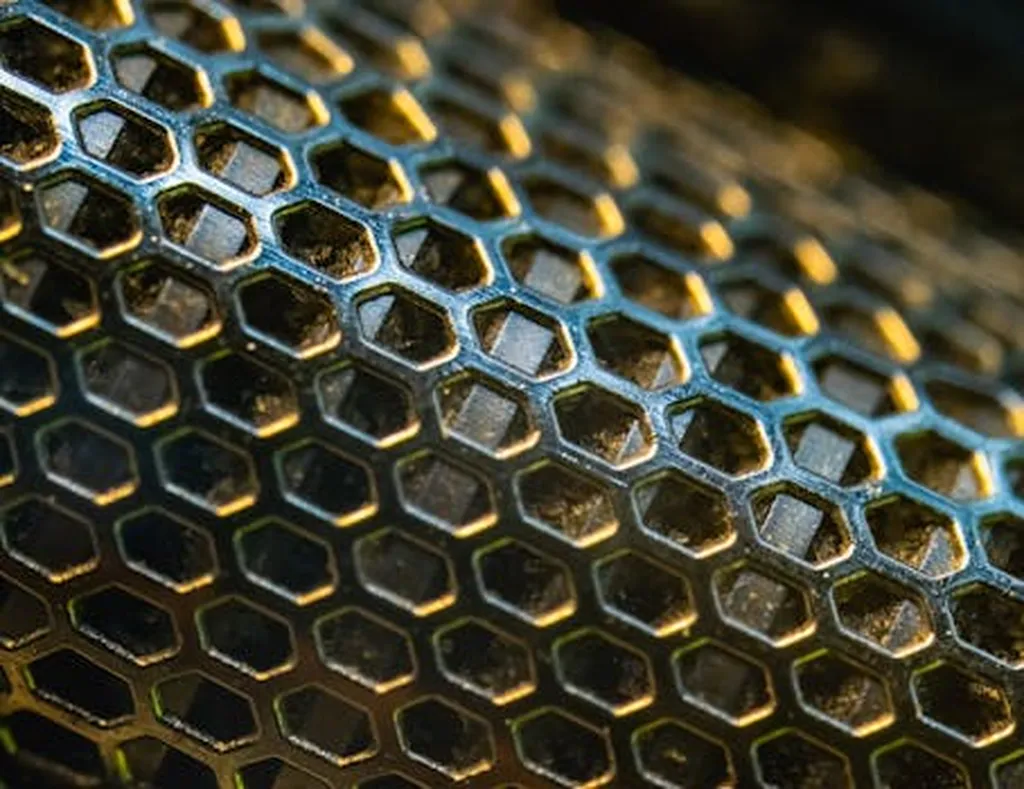In the quest to design materials with unprecedented properties, researchers are turning to the intricate world of microstructures, pushing the boundaries of what’s possible in fields ranging from robotics to energy. At the forefront of this exploration is Keita Kambayashi, a mechanical engineering professor at Nagaoka University of Technology in Japan, who has just published a comprehensive review in *Science and Technology of Advanced Materials: Methods* (which translates to *Materials Science and Technology: Methods* in English). The review, titled “Computational microstructure design for mechanical property optimization: a review,” delves into the fascinating interplay between a material’s microscopic structure and its macroscopic properties, offering a roadmap for future innovations.
Kambayashi’s work focuses on mechanical metamaterials—engineered structures that exhibit unique mechanical properties not found in natural materials. These properties could revolutionize industries, particularly energy, where lightweight, strong, and adaptable materials are in high demand. “The key challenge,” Kambayashi explains, “is determining the optimal microstructural morphology to achieve desired mechanical properties.” This is where advanced computational design techniques come into play, enabling researchers to explore and optimize microstructures with unprecedented precision.
The review categorizes computational methods into two main types: forward and inverse design problems. Forward design involves predicting the properties of a given microstructure, while inverse design seeks to identify the optimal microstructure for a desired set of properties. Kambayashi highlights the growing role of deep learning in these processes, which can accelerate design iterations and uncover novel solutions that might elude traditional optimization techniques.
One of the most compelling aspects of this research is its potential impact on the energy sector. Imagine wind turbine blades that are lighter yet stronger, or solar panels with enhanced durability and efficiency. These are not just pipe dreams but tangible possibilities enabled by the computational design of mechanical metamaterials. “As computational design methods progress,” Kambayashi notes, “mechanical metamaterials are expected to evolve dramatically into more advanced functional materials, with applications in soft robotics, medical devices, and aerospace.”
However, the journey from design to reality is not without its challenges. Manufacturing these complex microstructures with high fidelity requires advancements in fabrication technology. Kambayashi’s review addresses these challenges head-on, emphasizing the need for process considerations to be incorporated into the design phase. This holistic approach ensures that the materials not only perform as intended but can also be produced efficiently and cost-effectively.
The implications of this research extend beyond immediate applications. By providing a comprehensive overview of computational design methods, Kambayashi’s work offers valuable insights for all researchers involved in materials design, regardless of their primary engagement with computational techniques. It serves as a catalyst for collaboration and innovation, bridging the gap between theoretical exploration and practical implementation.
As the energy sector continues to evolve, the demand for high-performance materials will only grow. Kambayashi’s review not only highlights the current state of the art but also points the way forward, inspiring researchers and industry professionals alike to push the boundaries of what’s possible. In doing so, they may unlock new opportunities for sustainable energy solutions and beyond.

